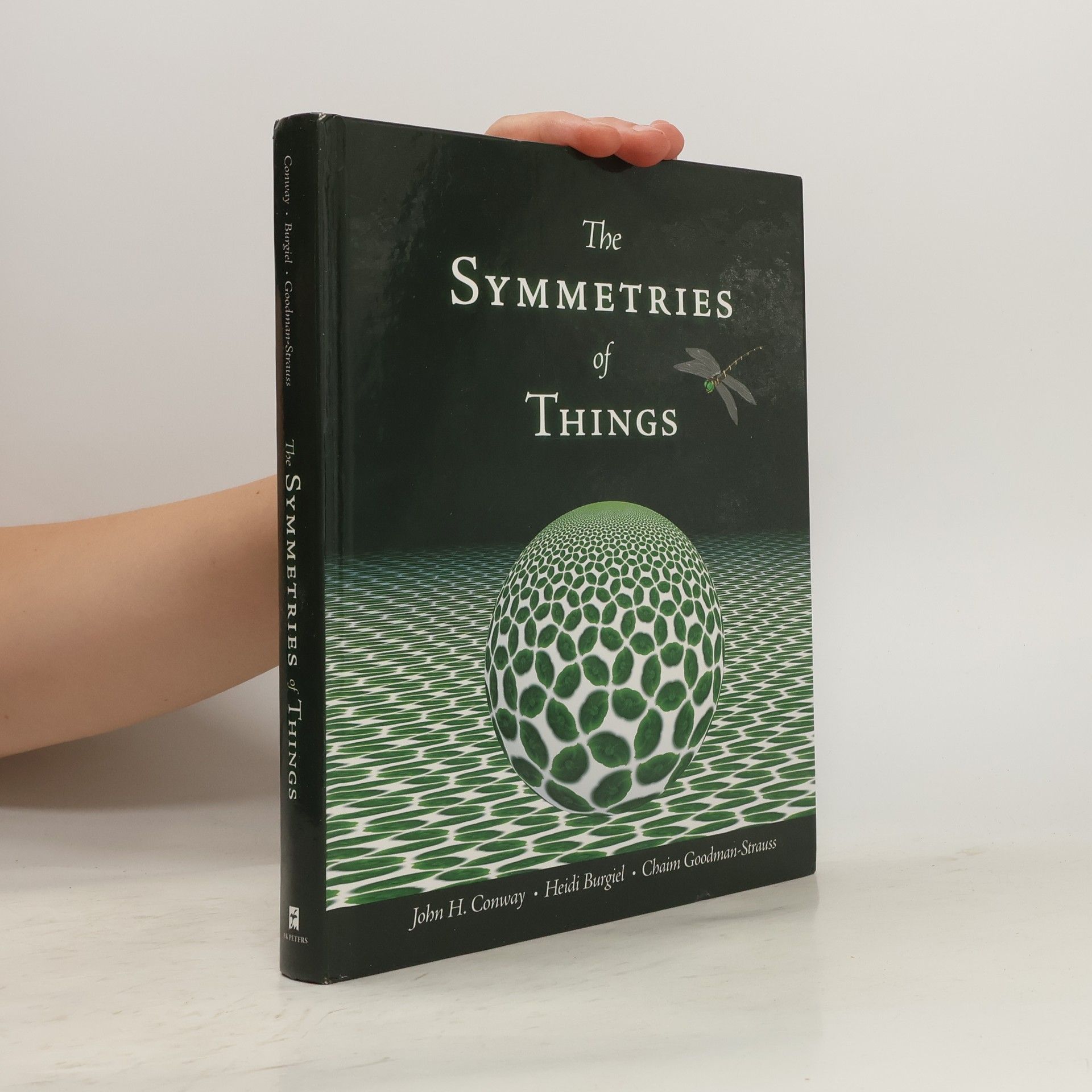Jak to řešit? : překvapivé aspekty (nejen) matematických metod
- 256 pages
- 9 hours of reading
Kniha ukazuje jakým směrem se ubírat, kam napřímit své myšlení a jak hledat nové pohledy při řešení matematických problémů. Autor provází čtenáře úskalími mentálních a logických kroků, které je třeba při tom podniknout. Na praktických příkladech, často i nematematické povahy, vysvětluje problematiku převádění omezujících podmínek na jednotlivé kroky řešení. Polya v jasném a poutavém textu opravdu brilantním způsobem odhaluje podstatné a jde přímo k jádru problému. Publikace není určena jen učitelům matematiky, ale své si v ní najdou i například žáci středních škol. Učí jak překonávat těžkosti a překážky při cestě k cíli, který není v danou chvíli zřejmý a lehce dosažitelný.



